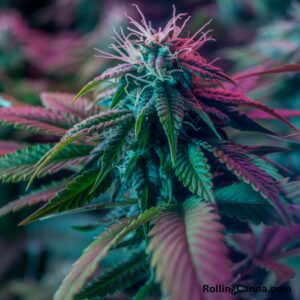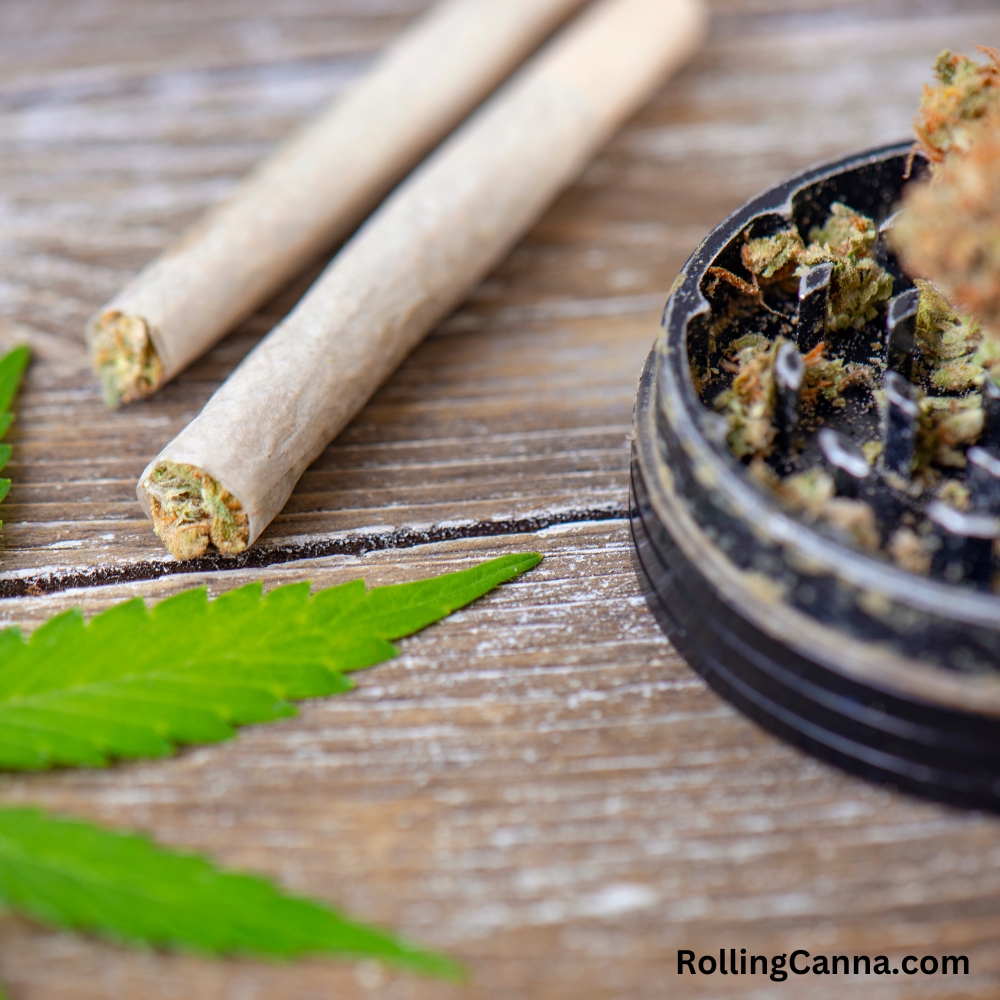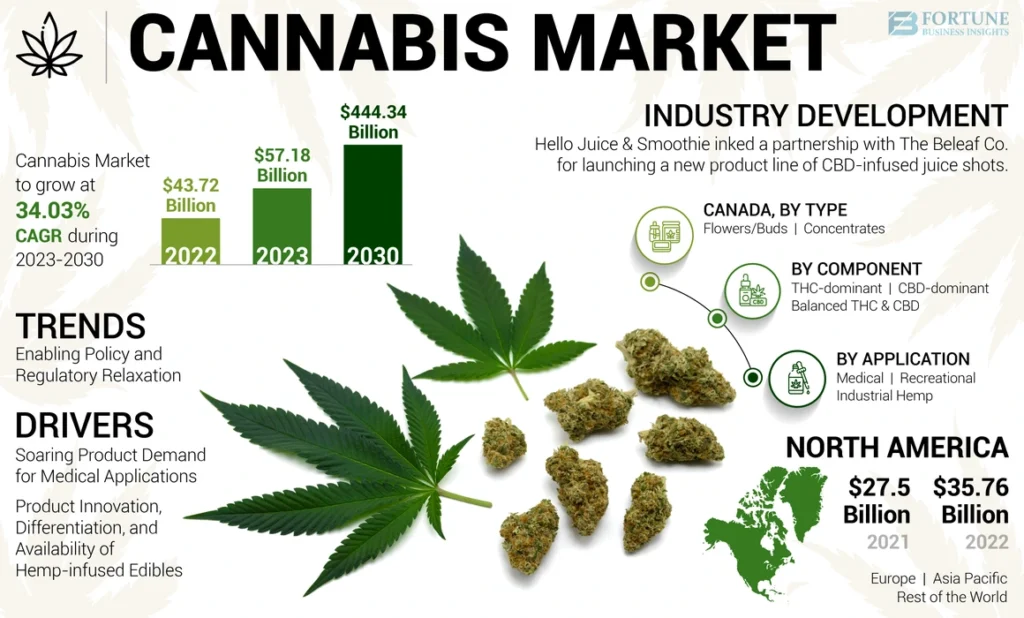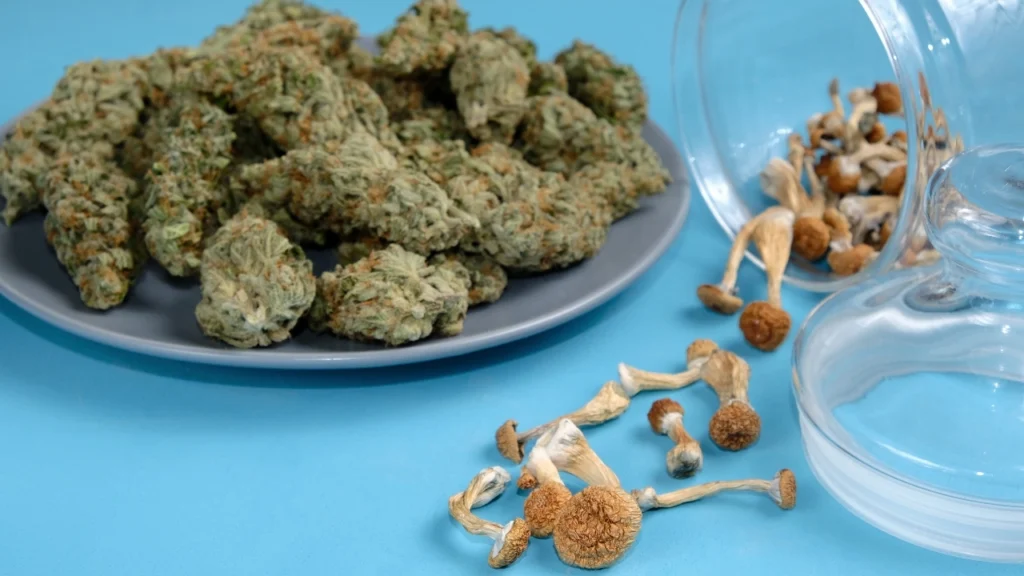The cannabis industry is no longer confined to dimly lit head shops and counterculture imagery. As legalization spreads and consumer demand grows, cannabis branding has undergone a major transformation. Modern cannabis brands are borrowing from the worlds of wellness, fashion, tech, and even luxury to position themselves as mainstream, sophisticated, and trustworthy.
In this post, we explore how cannabis branding is evolving—and what it means for companies competing in this fast-moving space.
1. Breaking Away from the Stoner Stereotype
For decades, cannabis marketing leaned heavily into “stoner culture”—bright colors, psychedelic fonts, and cheeky slang. While that aesthetic still has a place in niche markets, the broader cannabis audience is changing:
- Professionals looking for stress relief or better sleep
- Seniors using cannabis for pain or wellness
- Wellness-minded consumers exploring CBD or low-dose products
These users want a brand experience that feels clean, credible, and intentional—not juvenile or outdated.
This shift has driven a wave of rebranding focused on minimalist design, scientific credibility, and lifestyle alignment.
2. The Rise of Sophisticated Packaging
In highly regulated markets, packaging serves two key purposes: compliance and consumer appeal. Successful cannabis brands now invest heavily in:
- Sustainable, eco-friendly materials
- Tamper-proof, child-safe containers
- Elegant visual design that communicates product quality
Brands like Canndescent, Dosist, and House of Wise have elevated packaging to look more like high-end cosmetics or supplements than traditional weed products.
Well-executed packaging builds trust and helps products stand out in crowded dispensary shelves.
3. Targeting Specific Lifestyles and Niches
Rather than trying to be everything to everyone, successful cannabis brands now target specific consumer identities:
- Fitness and recovery (e.g. infused protein powders, post-workout tinctures)
- Luxury and leisure (e.g. high-end pre-rolls in gold packaging)
- Mental health and mindfulness (e.g. mood-based vape blends)
- Feminine wellness (e.g. menstrual relief balms, mood-enhancing edibles)
This niche-focused branding allows for deeper customer loyalty and stronger word-of-mouth marketing.
4. Trust Through Transparency and Education
As first-time consumers enter the market, education is a key part of branding. Leading brands are investing in:
- Lab test transparency and QR codes on packaging
- Clear dosing guides and usage recommendations
- Content marketing that demystifies cannabis terms and effects
Brands that prioritize transparency and education position themselves as trusted guides in a market that can often feel overwhelming to newcomers.
5. The Role of Storytelling
Authentic storytelling is one of the most powerful tools in cannabis branding. Whether it’s a company founded by a legacy grower, a family-run farm, or a social equity applicant, origin stories resonate with consumers seeking connection and meaning.
Story-driven brands often highlight:
- Sustainable cultivation practices
- Community involvement
- Personal journeys with cannabis
- Advocacy for reform or inclusion
These narratives turn products into purpose-driven experiences.
6. Influencers, Community, and Social Media
With tight advertising restrictions in most markets, cannabis brands have leaned heavily on influencer partnerships, user-generated content, and community-building.
Strategies include:
- Hosting educational webinars or live events
- Creating social spaces (both online and in-person) for brand loyalists
- Partnering with lifestyle influencers who align with the brand’s mission
When done right, this approach fosters organic growth and cultivates brand ambassadors.
The Future of Cannabis Branding
As the industry matures, cannabis branding will continue to converge with mainstream consumer marketing. Expect to see:
- More acquisitions by major CPG companies
- Increased data use for hyper-targeted campaigns
- Expansion into travel, hospitality, and food & beverage crossovers
- Stronger emphasis on ethical sourcing and sustainability
In short, the cannabis brands of tomorrow will be judged not just on THC content or strain name, but on how well they resonate with values-driven, design-savvy consumers.
Final Thoughts
Branding in the cannabis space is no longer an afterthought—it’s a strategic pillar. As the industry shifts from novelty to normalcy, brands that invest in authenticity, design, and connection will be the ones that stand out and endure.
For startups and established companies alike, the message is clear: It’s time to think beyond the bud.
